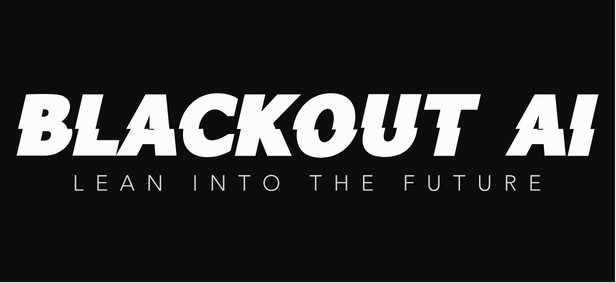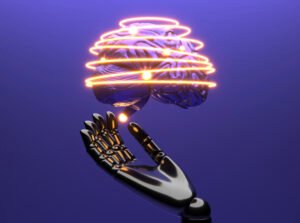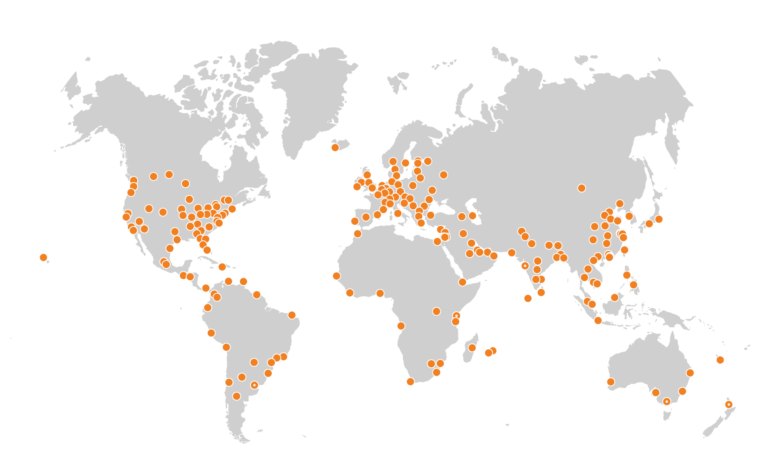Anthropic has unveiled Claude 3.5 Sonnet, its latest mid-tier model which is already making waves on the Internet by allegedly outperforming existing models from competitors, and even Anthropic’s own flagship, Claude 3 Opus.
This new model not only promises superior performance but also offers it at twice the speed and a fraction of the cost, which could result in a strong contender.
Most of the emphasis was put on its results against GPT, and that’s essentiality what the Internet is mentioning on the headlines.
Benchmarks Performance
Anthropic’s Claude 3.5 Sonnet has quickly distinguished itself by setting new industry benchmarks. The model excels in graduate-level reasoning (GPQA), undergraduate-level knowledge (MMLU), and coding proficiency (HumanEval). This enhanced capability makes Claude 3.5 Sonnet a stronger player in tasks requiring a deep understanding of nuance, humor, and complex instructions, producing high-quality content with a natural tone.
One of the standout features of Claude 3.5 Sonnet is its operational efficiency. Running at twice the speed of its predecessor, Claude 3 Opus, and costing one-fifth as much, this model is particularly well-suited for complex tasks such as context-sensitive customer support and multi-step workflow orchestration. This efficiency doesn’t come at the expense of quality, as evidenced by the model solving 64% of problems in an internal agentic coding evaluation, compared to Claude 3 Opus’s 38%.
Anthropic’s claims about Claude 3.5 Sonnet’s superiority are supported by benchmark tests, where the model reportedly outperformed OpenAI’s GPT-4o and Google’s Gemini 1.5.
These benchmarks focused on reasoning, coding, and math skills, showing Claude 3.5 Sonnet as a cut above its peers. However, it’s essential to note that AI benchmarks can be contentious due to the lack of standardization and independent oversight, allowing companies to highlight favorable metrics selectively.

Vision Capabilities and User Interaction
You can see from the above picture that Claude didn’t have better results in every single metric, but overall it’s outperforming GPT. They also boast significant improvements in vision capabilities.
It certainly improved from Claude 3 Opus on standard vision benchmarks, excelling in tasks like interpreting charts and graphs and accurately transcribing text from imperfect images. This feature is invaluable for industries such as retail, logistics, and financial services, where precise visual data processing is crucial.
To enhance user interaction, Anthropic introduced Artifacts on Claude.ai, a feature that allows users to view, edit, and build upon Claude’s generated content in real time. This makes the AI not just a tool but a collaborative partner in various projects, from coding to document creation.
What’s Next?
Despite its advanced capabilities, Claude 3.5 Sonnet upholds Anthropic’s strong commitment to safety and privacy. The model undergoes rigorous testing to minimize misuse, with involvement from external experts such as the UK’s AI Safety Institute and child safety experts at Thorn.
Anthropic emphasizes that user-submitted data is not used to train their generative models without explicit permission, ensuring a high level of user privacy.
Anthropic has exciting plans to expand the Claude 3.5 model family with the upcoming releases of Claude 3.5 Haiku and Claude 3.5 Opus. Additionally, the company is working on new modalities and features to cater to more business use cases, including integrations with enterprise applications and a memory feature for more personalized user experiences.
Conclusion
This only shows that the AI race for the podium is not ending here. First Geminini came to beat GPT. Then GPT releases 4o. Now Claude 3.5 Sonnet is trying to take the lead.
Whether these models are much better than each other, the completion is having a significant impact on the advancement of AI technology in terms of performance, speed, and cost.
As it continues to evolve and improve, it will be ever more fascinating to see how these models and the next ones impact the AI landscape and how businesses leverage their capabilities for innovative solutions.
Again, we will be here to watch.
— Blackout AI











[…] Claude 3.5 Sonnet: A New AI Contender Outshining the Competition […]